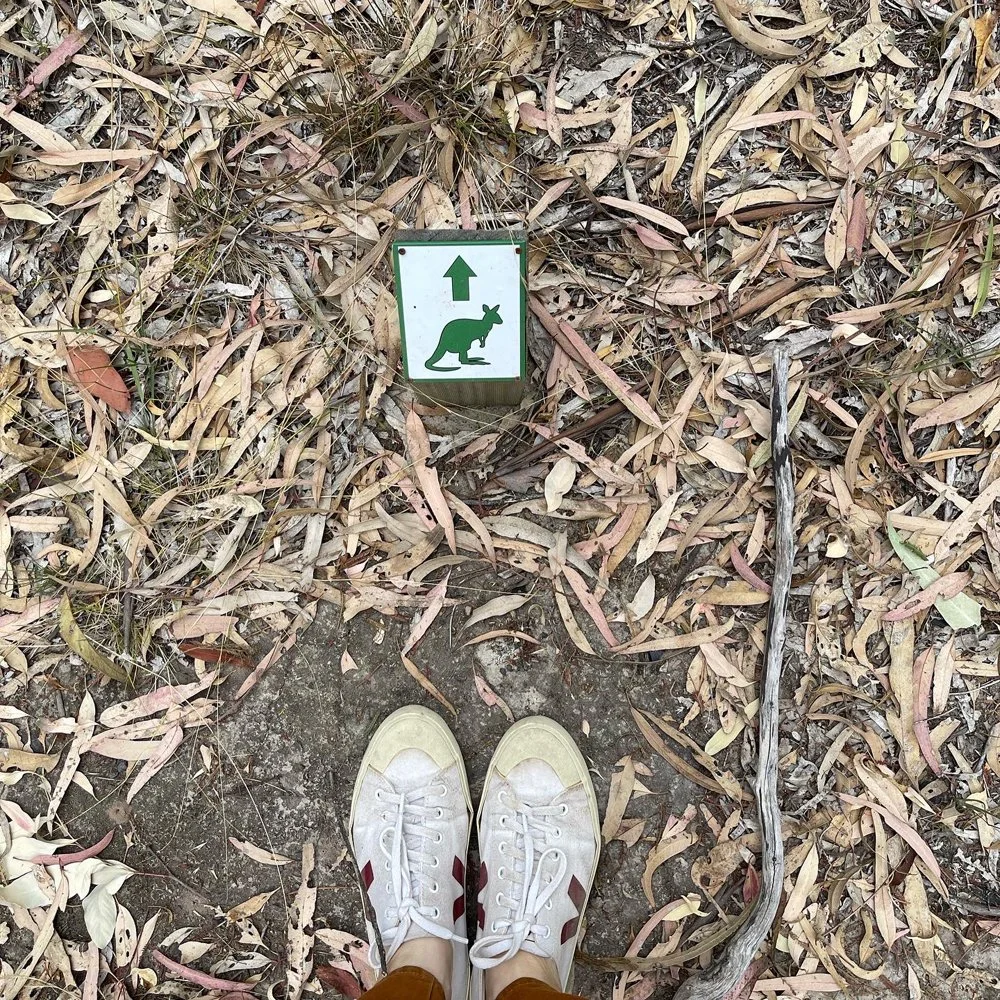After Bat comes Baroque Possum

Grey-headed flying fox
Pteropus poliocephalus
Population trend: Decreasing
Number of mature individuals: 467,000
Habitat type: Forest, Caves and Subterranean Habitats (non-aquatic), Artificial/Terrestrial, Introduced vegetation
Little forest bat
Vespadelus vulturnus
Population trend: Decreasing
Habitat type: Forest
Common ringtail possum
Pseudocheirus peregrinus
Population trend: Stable
Habitat type: Forest, Savanna, Artificial/Terrestrial
Remy and Pip might now be in crèche in the long flight aviary of Bat Rescue Bayside, thriving, flapping, and developing splendidly, but their influence is still felt closer to home. We are currently working on a new artists’ book that is all about crepuscular (active in the velvet light of dusk and dawn) and nocturnal animals.
With luck, both Remy and Pip and our new artists’ book will be released in March of this year. The former as part of the Yarra Bend soft release enclosure programme, and the latter at the eighth Melbourne Art Book Fair at NGV Melbourne.
While we miss their presence, we are so happy their full wildness is just around the corner. It makes missing them a lighter weight.
With Grey-headed flying foxes included as one of 124 Australian species recently added to the International Union for Conservation of Nature’s (IUCN) Red List of Threatened Species, alongside the Bogong moth and Arcadia velvet gecko, it makes caring for the orphans and helping them get back to the wild all the more important.
From the mega to the micro, we are now looking after an adult Little forest bat, whom we’ve named Rosetta. Little forest microbats are known to fly with great aerial agility, with spiralling, gliding arcs as they change direction to catch flying insects, and this is our hope for Rosetta, once she is recovered.
Until then, she shares our home-based studio, though in a separate enclosure, with three Common ringtail possum joeys, Ruby, (Lucky) Clover, and Atlas. Every four hours, until the trio of joeys each reach 100 grams in body weight, we feed them their specialised milk formula. We routinely weigh them to ensure they are putting on weight, on the very table we will later be binding our next artists’ book.
Turns out our little house is big enough for several new wildlife fosters. Rosetta, Ruby, Clover, and Atlas will be in our care until they are ready to be released. The joeys were orphaned early in the new year, in three separate locations, and they are getting to know us and their new surroundings. And Rosetta was found on a suburban driveway. Each day we bring them new foliage to nibble and scamper over, and feed live mealworms to Rosetta at dusk and evening. We’ve never looked after ringtails, nor microbats neither, before, so we’ll continue to be learning a lot this summer.
Inspired by sweet Remy and Pip, Rosetta, and three Common-in-name-only joeys, Ruby, Clover, and Atlas. Something new. Soon.
To those that require foraging resources and roosting sites! To connections that may fade, but will never disappear.
Finally, there’s still time to see our print, When I reached the middle, and fell in step with the forest, it felt to have no end (2021), and our zine Something reverberated, as part of a group exhibition in Healesville.
Wonder Walk, curated by Cora Zon, is on until 4pm on Sunday the 30th of January, 2022.
Wonder Walk
The Memo
235 Maroondah Highway, Healesville
And to assemble by the fountain for a baroque treat at the Fitzroy Town Hall.
We recently had the pleasure of working on the design for Genesis Baroque’s forthcoming production of George Frideric Handel’s Acis & Galatea.
As ever, please contact Bev Brown of Bat Rescue Bayside if you find an injured bat.
Please note: you need to be a qualified, vaccinated carer to handle bats.
Image credit: Roy Dunstan, Possum, 1937–1939, 8.5 x 11.0 cm, State Library Victoria




































